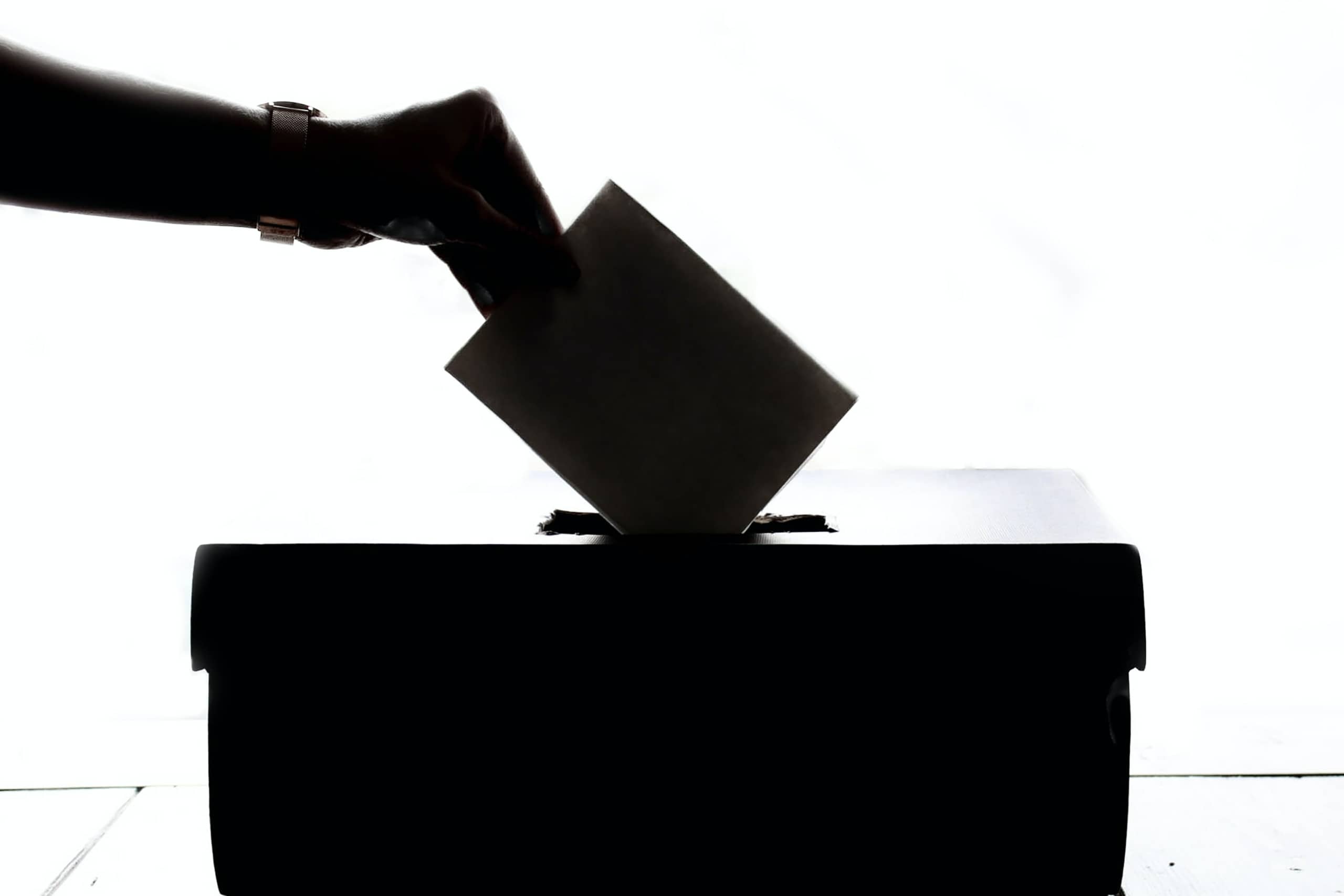Content warning: This article discusses anti-Indigenous racism.
Canada’s history has always been a history of colonization, with a legacy of violence and displacement that continues to the present day. It is indicative of how much Indigenous peoples are marginalized today to see the Canadian government’s failure to include Indigenous votes in the country’s democratic electoral system.
In the last election, a sizable 205,000 mail-in ballots went uncounted. Votes were lost in the mail, late, or not cast due to voter registration issues. These uncounted votes disproportionately impacted Indigenous communities. In Kenora, an Ontario region with highly contested elections, incorrect voter registration cards were delivered to residents. For example, Angela Petiquan’s card incorrectly stated that her polling station was in Slate Falls where the Slate Falls First Nation resides, which was 260 kilometres — a six-hour drive — from her house.
Other Indigenous votes were not even cast in the first place, since there was nowhere to collect them. Three fly-in reserves — Poplar Hill, Cat Lake, and Pikangikum — did not have polling stations on election day because it coincided with those communities’ traditional hunting and fishing seasons. They had advanced ballots, but did not know that they would not be able to vote on election day. As a result, 1,600 potential Indigenous voters could not cast their vote.
For some, such technical errors may seem benign in the grand scheme of the electoral process. But I think that they are a troubling sign that the Canadian government is not fulfilling its duty to reconcile with Indigenous communities by attempting reparations for the political marginalization that it has been putting them through.
Additionally, some may argue that the Canadian government has done everything in its power to distance Indigenous peoples from its political sphere of influence. For example, the Constitution Act of 1982 recognizes and affirms the inherent and treaty rights and freedoms of Indigenous peoples, which ideally would lead to more self-governance for Indigenous peoples.
However, such communities are not the norm, and few Indigenous communities are truly self-governed. The vast majority of First Nations are still governed according to the antiquated 1876 Indian Act. The policy allows for residents of reserves to elect Chiefs who may only pass bylaws in a limited number of areas.
It is unlikely that a majority of First Nations will shift to self-governance as the process requires several steps, including holding a community referendum and having the legislation approved by the Canadian government. Until then, the Canadian government still reigns supreme, and residents of First Nations will have to live with the policies of the ‘elected’ party.
The Canadian government’s goal to create a state of harmony and reconcile with Indigenous peoples is — historically speaking — recent. Nothing can truly serve as adequate reparations for the racist agenda that Canadian institutions have imposed on Indigenous peoples. Currently, the only way to foster any amount of trust in these institutions is by including Indigenous peoples in the electoral process and thereby letting them exercise their most fundamental civil right — the right to vote.
Shiv Bailur is a first-year social sciences student at University College.
Indigenous people in need of support can call:
- Indigenous student services at U of T’s First Nations House at 416-978-8227, or email at [email protected],
- Indigenous student support specialist at UTM’s Indigenous Centre at 905-828-5437,
- Anishanawbe Health Toronto at 416-360-0486,
- Za-geh-do-win Information Clearinghouse at 1-800-669-2538,
- Indian Residential School Crisis Line at 1-866-925-4419 (available 24 hours a day),
- Hope for Wellness Helpline at 1-855-242-3310,
Talk4Healing Help Line at 1-855-554-4325.


